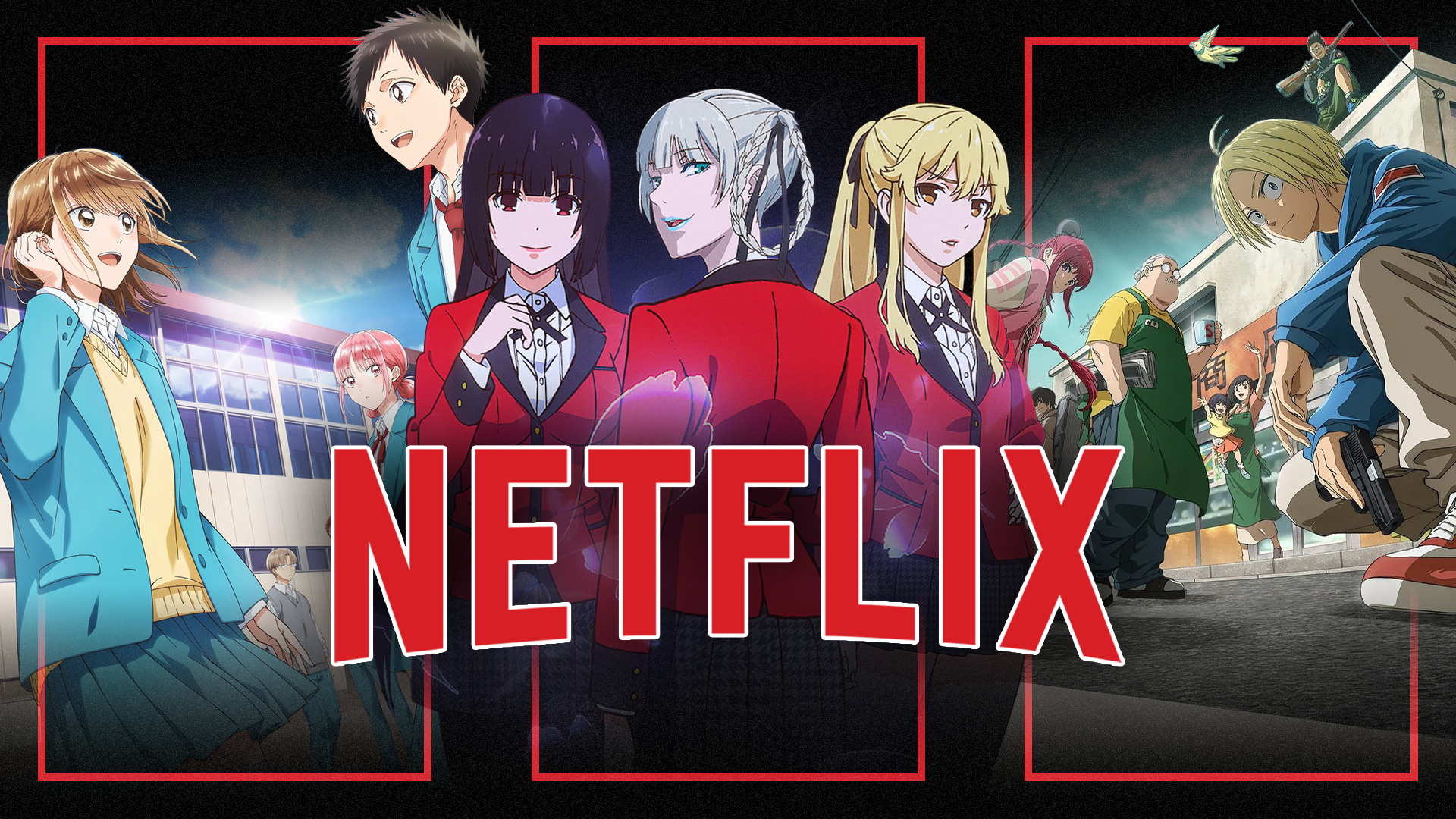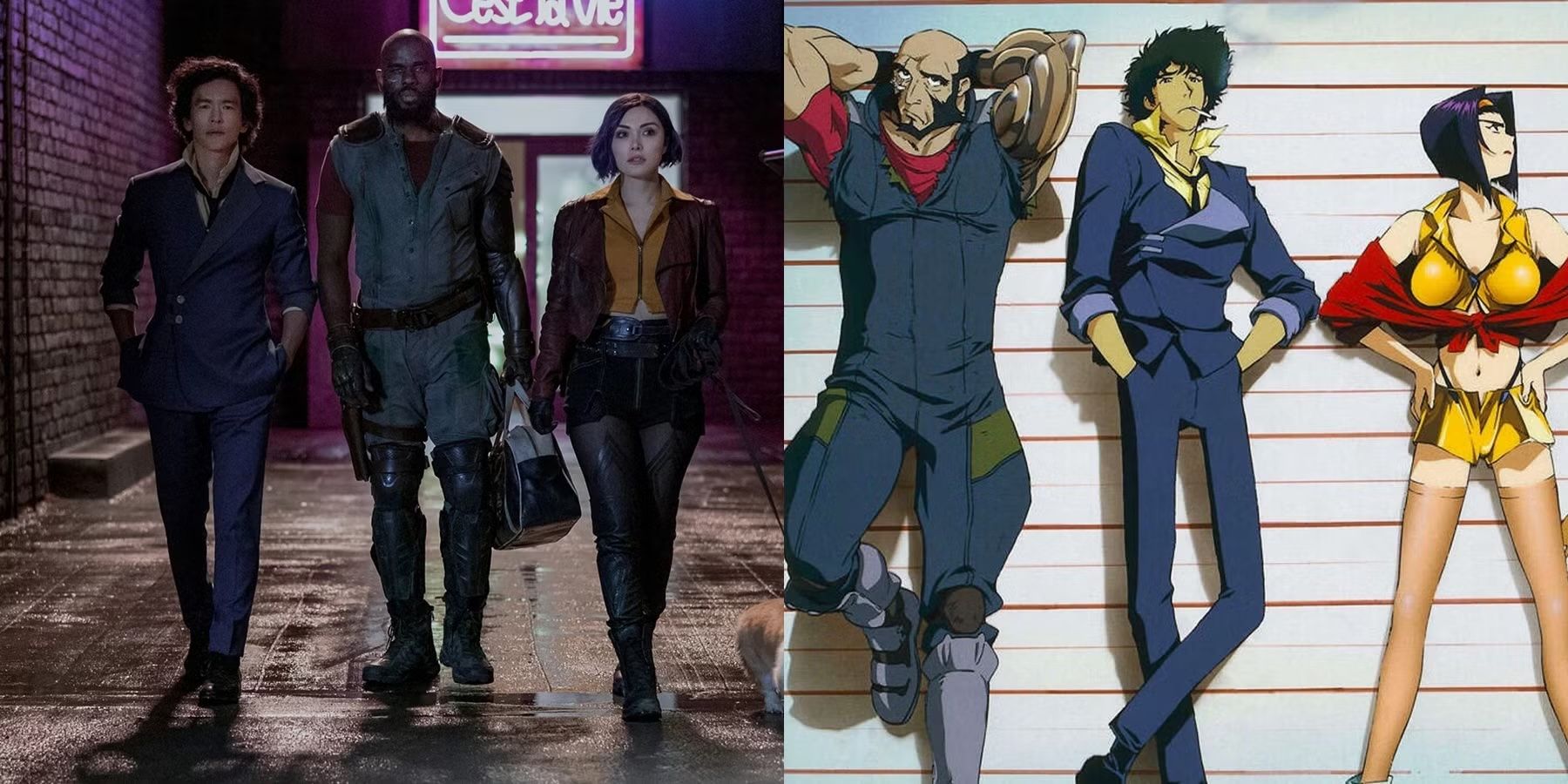Summary
- Netflix keeps funding live-action anime adaptations, most of which are poorly-received.
- No inherent upgrade in live action over animation; live adaptations often add nothing.
- Audiences take animation seriously now, so anime adaptations need to be as fundamentally good as live action first.
I’ve been a core anime fan for about 25 years now, and I still can’t understand the urge that exists to make live-action adaptations of anime. Despite most of these adaptations being unwatchable, Netflix keeps funding or buying more of them, and honestly their money would be better spent elsewhere.
So, Netflix, if you’re reading this, consider diverting that live-action anime funding to something more sensible.
Netflix Is Obsessed With Live Action Anime Adaptations
When I sat down to write this, I didn’t know exactly how many live adaptations of anime had made it onto Netflix one way or another. Unless I missed one, the current number stands at sixteen, and our friends over at Screen Rant did a nice ranking of Netflix live-action anime, in case you want a rundown.
That might not sound like a lot, but what’s really at issue here is how poorly-received most of these shows have been. Even the ones with larger budgets and bigger names behind them. I think the only one that’s really received both critical and public praise is One Piece, and I’ll get into why this was the case soon, but first I have to address the elephant in the room.
There’s Nothing Inherently Better About Live Action
One thing that’s always intrigued me is the motivation behind making live-action versions of animated shows. Disney is now doing nothing but live-action versions of its animated classics, and it seems that whenever an anime series becomes a mainstream hit, a live-action version isn’t far behind.
I get the impression that both audiences and the producers of these live-action adaptations think that creating a live-action version is somehow an upgrade over the animated original. The thing is, this is more a function of attitudes towards animation than any inherent element of the medium itself.
Compare the 1995 Ghost in the Shell animated film to the live-action version starring Scarlet Johanssen, and it’s clear that the one starring flesh-and-blood actors adds absolutely nothing of value. It has no reason to exist, other than hoping to rope in audience members who otherwise would not watch animation, or those who liked the original film, and now have morbid curiosity about how it all pans out with real people in the frame.

Related
New to Anime? Stream These 9 Shows Right Now
It’s time for a crash course in Japan’s most famous export.
Audiences Are Taking Animation Seriously These Days
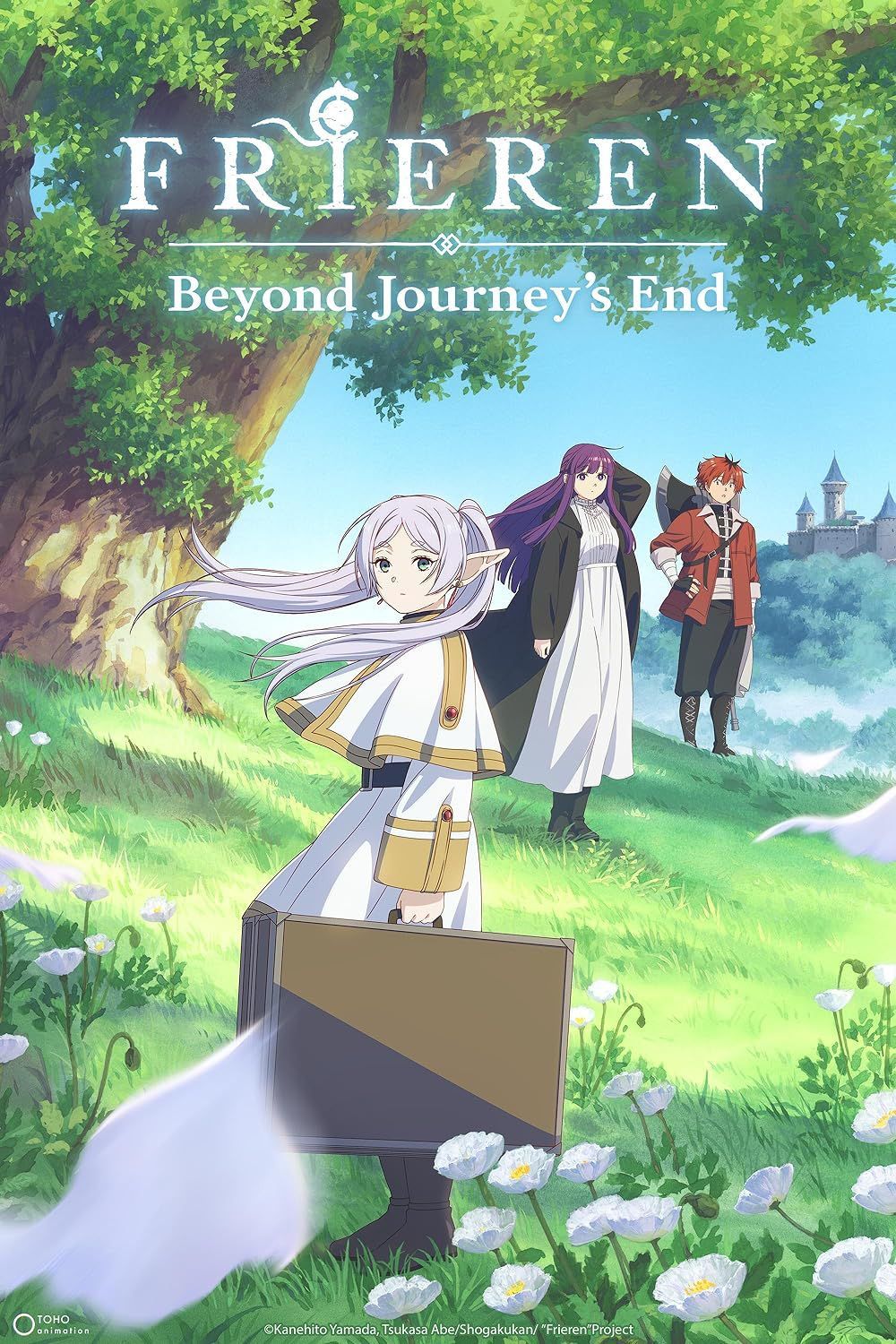
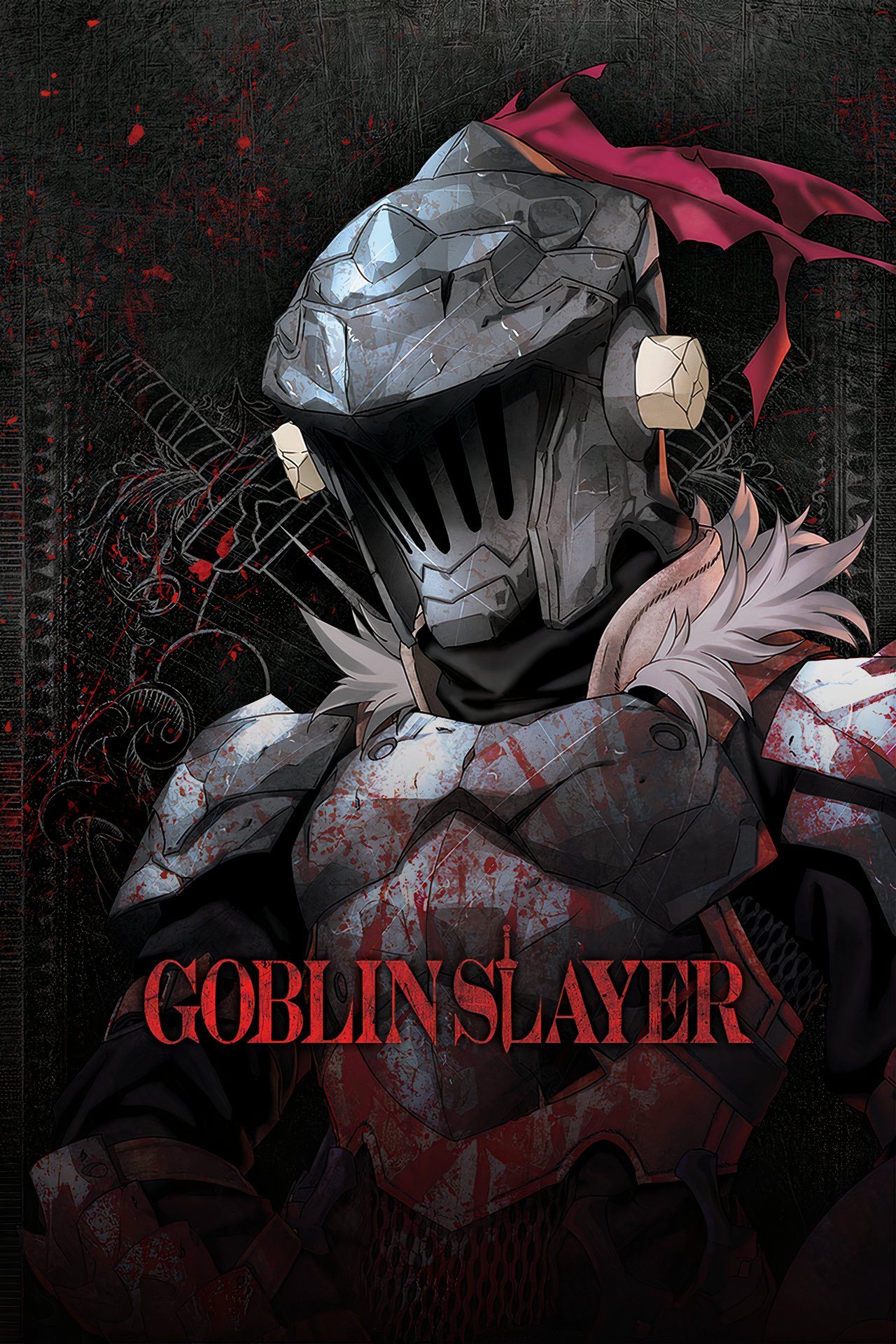
The thing is, attitudes towards animation are changing, particularly in the United States. One big difference between the US and places like Japan is that animation isn’t seen as being inferior or specifically for children, whereas outfits like Disney have reinforced the idea that animated material is limited to children’s shows or adult comedy.
While those of us who liked anime in the 90s, 2000s, and pre-streaming era were a minority, now anime and anime-aping shows with adult themes and mature writing are front and center on every streaming service. Many more people are discovering both new and classic anime because of easy access via streaming, which I believe is changing preconceptions about animation and where it fits in with other media.
The Adaptations Are Almost Always Bad
I’m usually not someone who rails against adaptations from one medium to another. I don’t even complain when books aren’t perfectly adapted to movie or TV series form, because I understand that each medium has its own limits and strengths. If these anime adaptations were good in their own right, divorced of the original property, there’d be nothing to complain about.
However, in most cases they come off as cheesy, poorly-acted, and cheap. This isn’t necessarily the fault of the actors or the other people working on these films. It’s just that they’ve approached it in completely the wrong way. What they are trying to do is translate the anime directly to live action, but the hallmarks of the medium just don’t work on film. We saw this with the Wachowski’s Speed Racer in 2008, and we see it today with Netflix’s awful attempt at a live-action Cowboy Bebop.
If You’re Going to Remake Anime, Do It Right
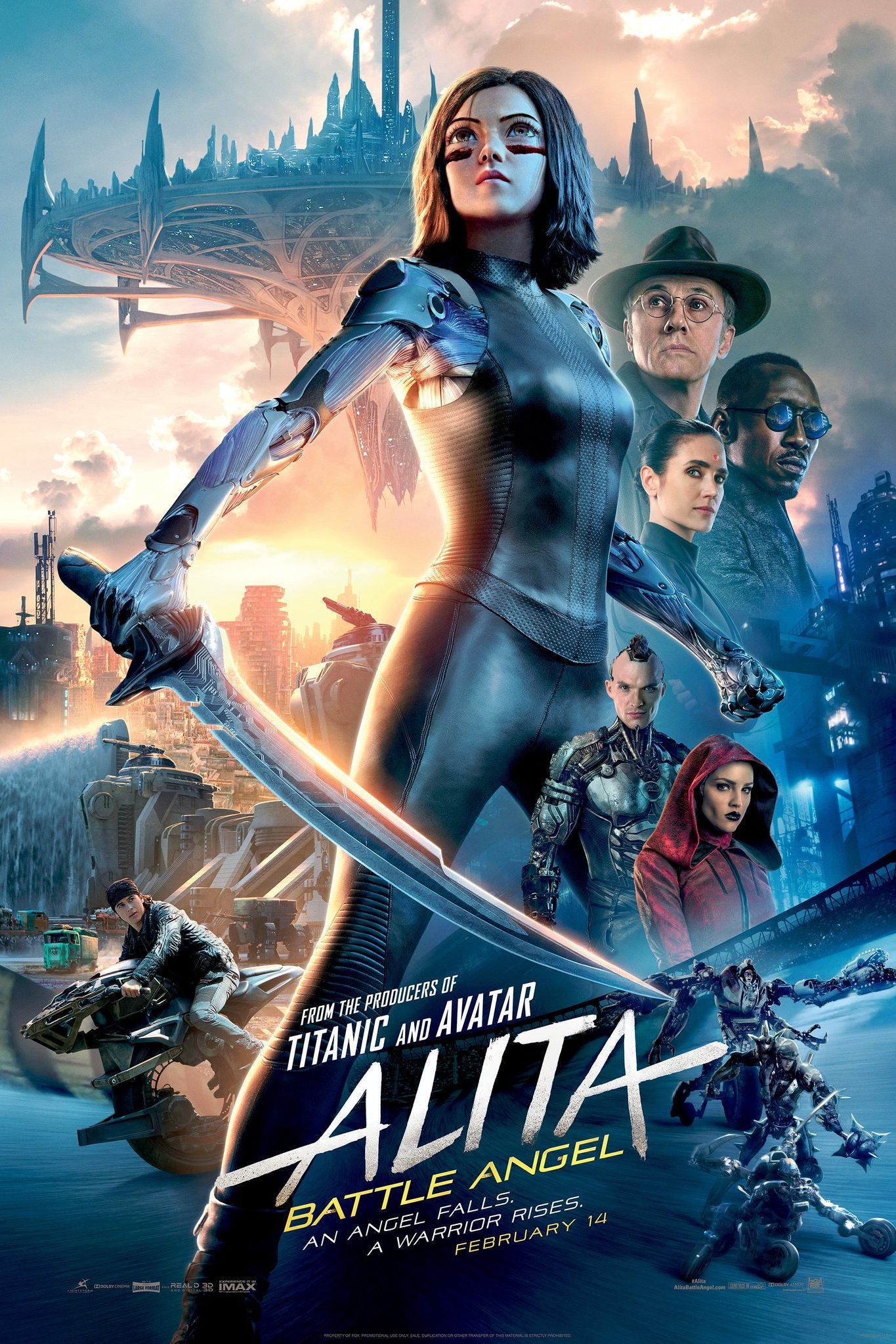
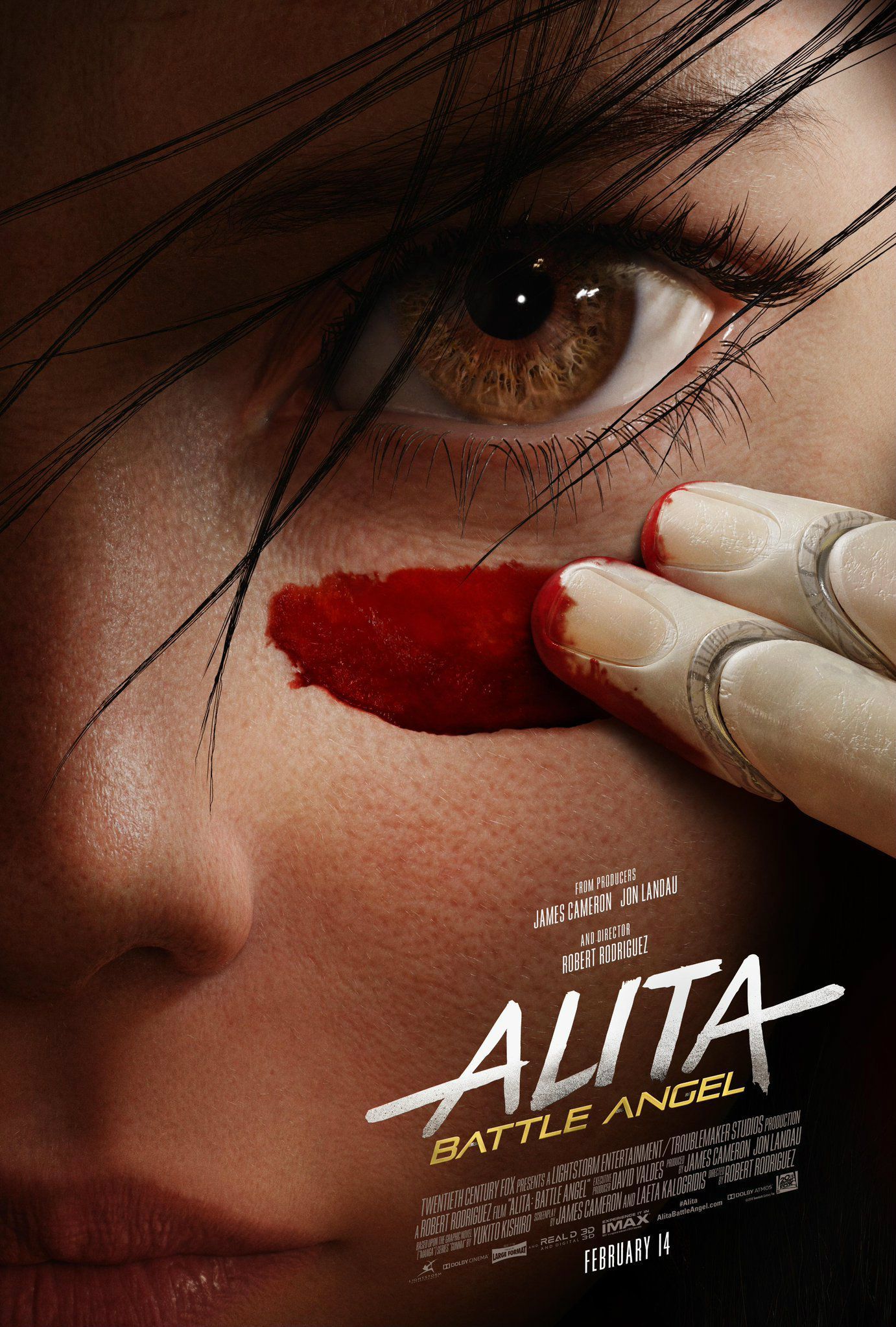
If Netflix and other similar services that fund their own content are going to use anime as a basis for a live-action adaptation, the new production has to offer something fundamentally new or different that makes it worth watching instead of, or in addition to, the original. Not only that, but it has to be a good live action film or series.
By that, I mean it needs the qualities that make for a good live action film. It needs to be re-imagined to suit the medium, so that it can be (at least) a competent retelling of the core story from the anime. It should be a good live-action product first and an anime adaptation second. One Piece gets away with it because of the core premise and the world lending itself to a wacky aesthetic, and careful dialing back to strike the right balance, but movies like Alita: Battle Angel are an exemplar of how to do the anime adaptation dance right.
So, Netflix (and your competition), if you really want to invest money in anime, why not spend it funding new animated shows? Why not bring back beloved shows that were canceled and never fully adapted? I’ve been waiting 20 years for Banner of the Stars IV, so that’s good place to start!


